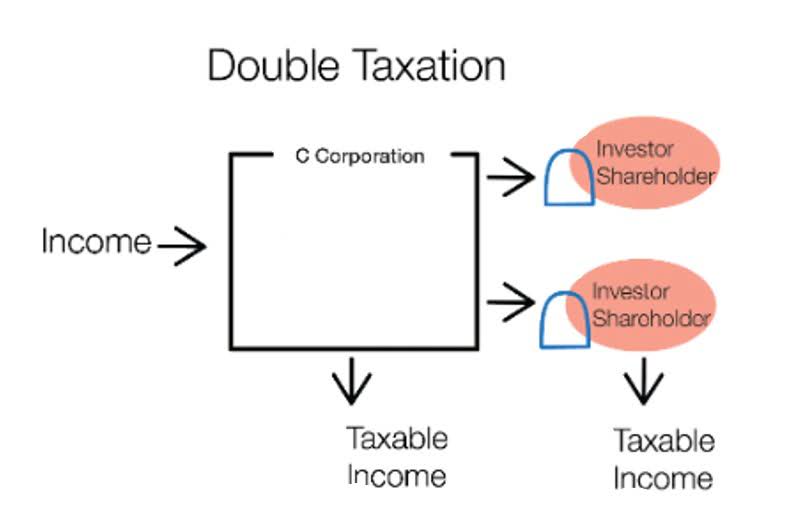Research and development

The problem with research and development at a big corporation is that it’s R&D at a big corporation. It’s hard to be innovative when you work a 9-to-5 job, report to a middle manager, and get an annual 2% cost-of-living raise. So, when big corporate R&D departments aren’t cutting it, the big corporation will often look to acquire a small, innovative company. While large corporations may dedicate a department to R&D, some start-ups dedicate the whole company to R&D, such as companies with no revenue that spend all their money and time on developing self-driving cars, new cancer drugs, or even a better razor.
- Applied research carries the findings of basic research to a point where they can be exploited to meet a specific need, while the development stage of research and development includes the steps necessary to bring a new or modified product or process into production.
- In Europe, the United States, and Japan the unified concept of research and development has been an integral part of economic planning, both by government and by private industry.
- While some stay in the growth phase longer than others, there will eventually be an end to outsized profits.
- IAS 38 Intangible Assets outlines the accounting requirements for intangible assets, which are non-monetary assets which are without physical substance and identifiable (either being separable or arising from contractual or other legal rights).
- Although we endeavor to provide accurate and timely information, there can be no guarantee that such information is accurate as of the date it is received or that it will continue to be accurate in the future.
However, enabling technology does not always represent a separate unit of account, such as when a drug delivery mechanism must be further customized for use in IPR&D products, and the facts and circumstances should be analyzed to determine the ultimate use of the asset. In this scenario, it may be concluded that the use of enabling technology is encompassed within existing products, IPR&D, and yet-to-be defined technology (i.e., goodwill). The general problem for companies is that future benefits from research and development are uncertain to be realized, and therefore R&D expenditures cannot be capitalized. Accounting standards require companies to expense all research and development expenditures as incurred.
Stages to Product Development
An example of this is the research being done on gene splicing or cloning in pharmaceutical company laboratories. There are many things companies can do in order to advance in their industries and the overall market. accounting for research and development Research and development is just one way they can set themselves apart from their competition. But it does come with some drawbacks—the most obvious being the financial cost and the time it takes to innovate.

Further, the use of a market approach is usually limited by a lack of observable market prices for similar assets. When analyzing each of these factors, the availability of sufficient inputs for a valuation analysis must be considered. This most often relates to the amount and timing of benefits expected to be derived in the future. As such, considerable judgment is necessary when determining cost/benefit of the unit of account, and it should be established early in the valuation process. From an economic perspective, it seems reasonable that research and development costs should be capitalized, even though it’s unclear how much future benefit they will create.
Initial recognition: research and development costs
There are several different types of R&D that exist in the corporate world and within government. The type used depends entirely on the entity undertaking it and the results can differ. Many small and mid-sized businesses may choose to outsource their R&D efforts because they don’t have the right staff in-house to meet their needs.
These AI-infused development tools allow software engineers to spend less time writing code, so they can spend more time on more strategic activities such as the design and composition of compelling business applications. Different types of development include developing new products, improving existing products, improving manufacturing processes, and improving marketing processes. Problems with SSAP 13 SSAP 13 is not in line with the newer International Accounting Standard covering this area. As seen previously, the UK allows a choice over capitalisation; this can lead to inconsistencies between companies and, as some of the criteria are subjective, this ‘choice’ can be manipulated by companies wishing to capitalise development costs. While some stay in the growth phase longer than others, there will eventually be an end to outsized profits.
What is R&D Capitalization?
Aligning CTEM assessment and remediation scopes with threat vectors or business projects, rather than an infrastructure component, surfaces not only the vulnerabilities, but also unpatchable threats. Creating a product development unit is important if you want to release new products to the market. Also, in these industries and others like them, R&D is considered valuable because it creates new products or services that improve people’s lives (or at least their access to entertainment).

Most companies operating within the gaming industry have intangible assets on their balance sheet. Although intangible assets do not have a physical substance, they can be a significant element for companies to be able to operate successfully. Examples of such assets include platforms, games and other software specific to the business’ operations. Treatment of capitalised development costs SSAP 13 requires that where development costs are recognised as an asset, they should be amortised over the periods expected to benefit from them. Amortisation should begin only once commercial production has started or when the developed product or service comes into use. Research and development activities, otherwise known as R&D, are centered on discovering and creating new products or services for a company.
Research and development is the beginning of most systems of industrial production. The innovations that result in new products and new processes usually have their roots in research and have followed a path from laboratory idea, through pilot or prototype production and manufacturing start-up, to full-scale production and market introduction. Indeed, an innovation might be defined as the application of an invention to a significant market need. Inventions come from research—careful, focused, sustained inquiry, frequently trial and error. Research can be either basic or applied, a distinction that was established in the first half of the 20th century.
- The most common example is pharmaceutical companies developing and testing new drugs.
- Many businesses in the technology, healthcare, consumer discretionary, energy, and industrial sectors experience this problem.
- Since 1945 the number of trained engineers and scientists in most industrial countries has increased each year.
- It can also help, not only businesses but also highly critical services like in the healthcare sector.
- The R&D expense was obviously profitable for the company, but there was no way for Alphabet to determine the potential returns.
Corporations can, therefore, rely on consumers to remain loyal to their brands. There are business incubators and accelerators, where corporations invest in startups and provide funding assistance and guidance to entrepreneurs in the hope that innovations will result that they can use to their benefit. The information contained herein is of a general nature and is not intended to address the circumstances of any particular individual or entity.